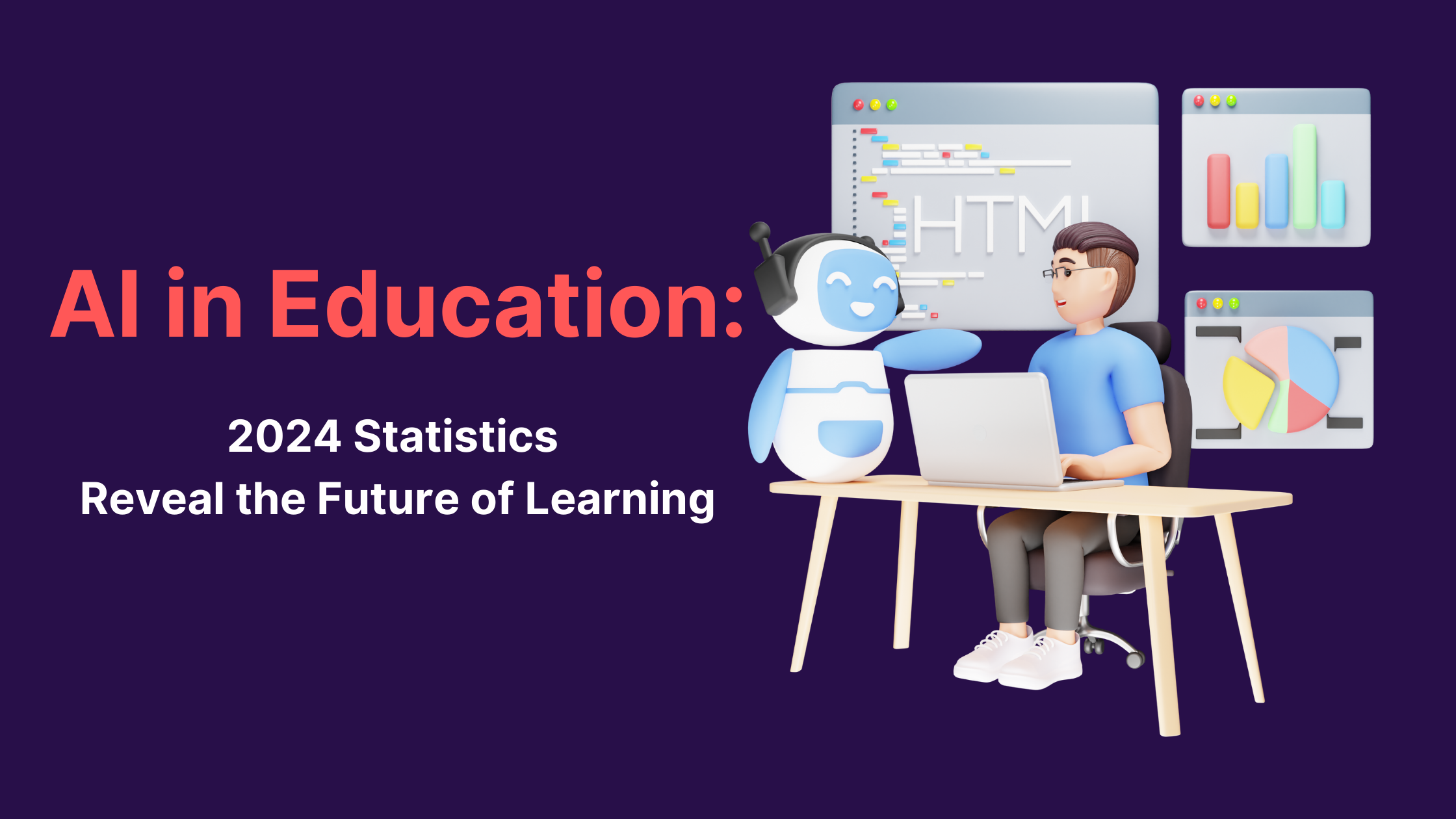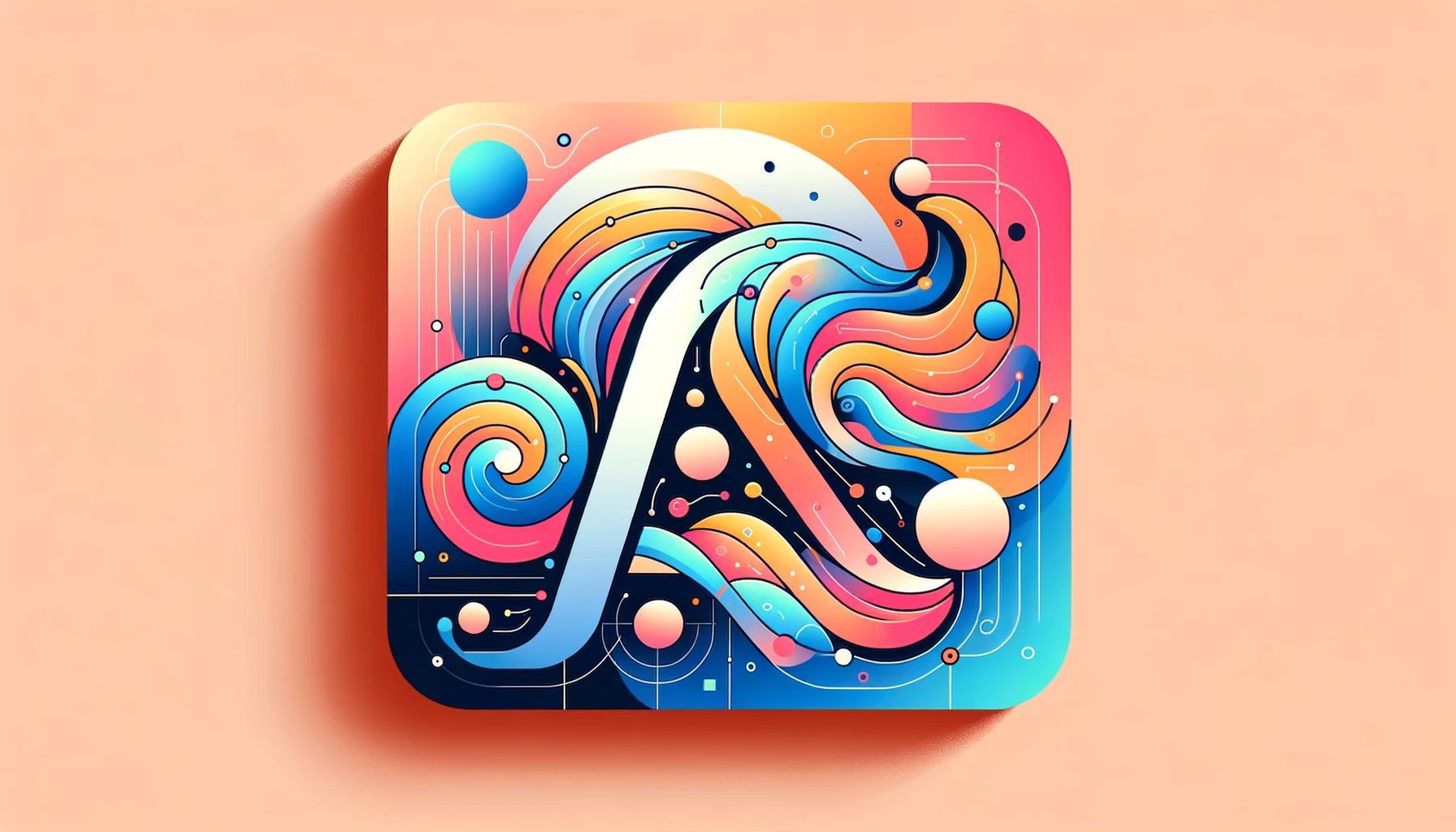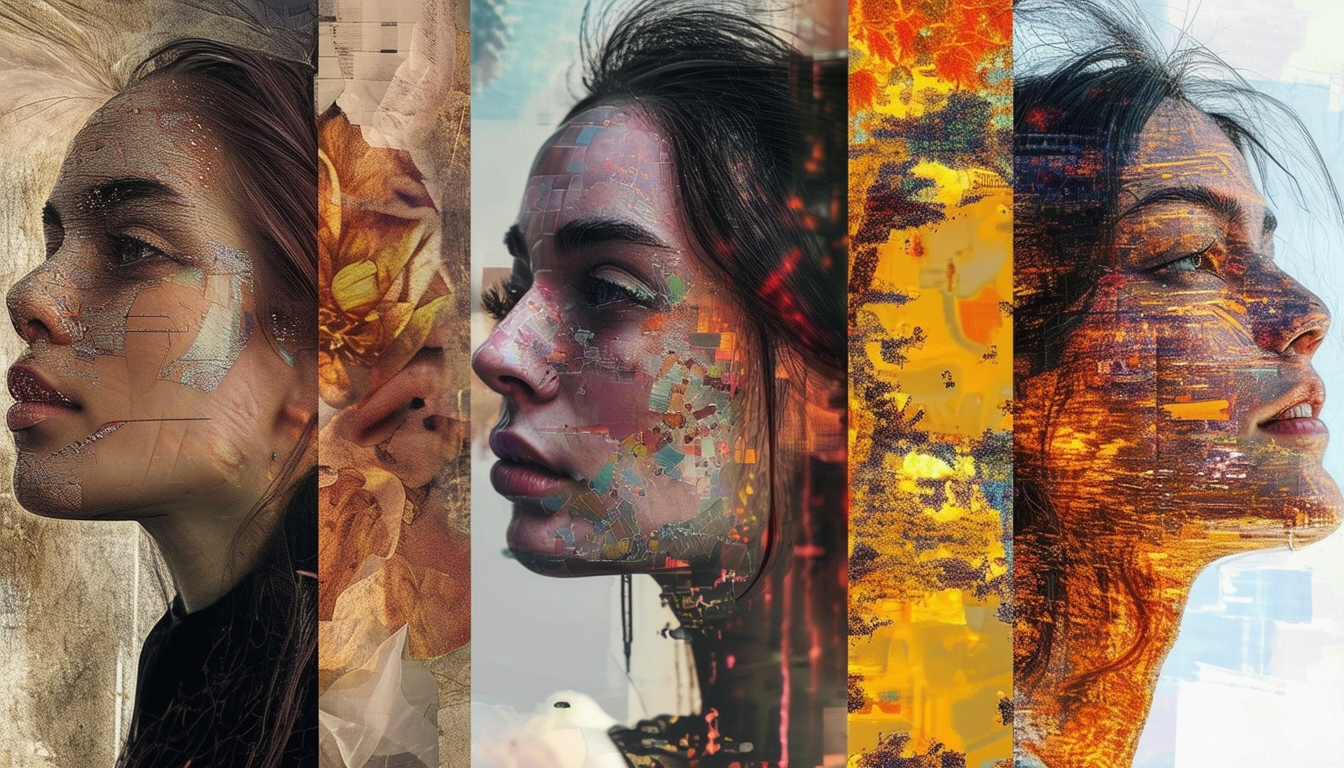AI art is now everywhere—from social media and marketing materials to art galleries. Over 30% of Americans even consider AI art as a huge progress in visual arts.
However, with AI in the creative world, the question of ownership is raised in many people's minds. Can AI artworks be copyrighted? Who holds the rights? How can you use AI art without getting into legal trouble?
In this article, explore the world of AI art copyright. Whether you're an artist looking to experiment with AI tools or a business interested in incorporating AI art into your projects, understanding the copyright implications is vital.
Dive in and discover what you need to know about AI art ownership and usage!
Who Owns AI Art?: The Copyright Conundrum
When it comes to AI art, copyright law finds itself in a bit of a pickle. Copyright is all about protecting original works created by human authors. It's what gives creators control over how their works are used and shared.
Here's the thing: AI-generated art does not fit into that mold. AI art can't be copyrighted in most places, including the United States. The US Copyright Office has clarified that they only grant copyright to works created by humans.
It all comes down to the idea of "authorship." Copyright law sees the author as the original creator with exclusive rights to their work. However, AI isn't considered an "author" legally. Human creativity and originality are required in authorship.
Where does that leave AI art? In a grey area. AI-generated works can be spectacular, but they don't quite fit into the current copyright system. AI art raises many questions about who owns it and how it can be used.
Understanding the Nuances of AI Art
When it comes to AI art, there are a couple of crucial things to remember. First, there's a difference between the AI-generated artwork itself and the data used to train the AI model.
While the artwork might not be protected by copyright, the training data could differ. If the data comes from sources that are already copyrighted, like images or artwork created by humans, then those copyrights still apply.
This leads us to the second point: the potential legal issues surrounding the training data. If the AI model is trained using data protected by copyright and using that data violates any licensing agreements, then we could be looking at some copyright infringement concerns. It's a tricky situation highlighting the importance of using training data responsibly and ethically.
When using AI tools to create art, take a closer look at the training data behind the model. Make sure that the data is being used in a way that abides by copyright laws and licensing agreements.
If you're not sure, do a little extra research or reach out to the AI tool's creators for clarification of their legal and commercial rights.
The world of AI art is still full of grey areas and unanswered questions regarding copyright and ownership. However, by understanding the nuances, you can confidently and creatively navigate the exciting new landscape of AI art.
Exploring Who Can Claim Ownership of AI Art
Who owns AI-generated art? It's a big question. The answer isn't always clear-cut, but let's break it down.
Since AI art is not often protected by copyright, it's not really "owned" in how we think about ownership. It's not like a painting that belongs to the artist who created it. Instead, there are players who can claim some rights over AI art. They are:
- The person who created the prompt that the AI used to generate the artwork
- The developer or company behind the AI tool itself
These two parties have different types of rights. The prompt creator might have some say in how the specific artwork is used, while the AI developer probably has broader rights over the AI system as a whole.
AI art is like a collaboration between humans and machines. Humans provide the creative spark, and AI brings that idea to life. However, due to the lack of legal entity, talking about the ownership of AI-generated artworks often gets murky.
Remember, AI art is still a pretty new frontier. Its legal landscape is always evolving. Stay informed and curious. Don't be afraid to ask questions while exploring new creative possibilities with AI!
Using AI Art Legally and Ethically
After knowing the ins and outs of AI art ownership, let's talk about how you can use AI-generated art legally and ethically. Here are a few tips to remember:
1. Choose your AI platform wisely.
When you're ready to dive into the world of AI art, pick a platform with clear terms of service about ownership and usage rights. Look for effective AI tools like ArtSmart that are transparent about handling these issues so you know what you're getting into.
2. Be mindful of the training data.
Remember the potential copyright issues with the data used to train AI models? Keep that in mind when you're using AI tools. If you're not sure about the origins of the training data, it's always better to err on the side of caution and do extra research.
3. Give credit where credit is due.
While it's not always required, giving credit to the AI tool you used can be a great way to be transparent about your creative process. Some AI platforms even have specific guidelines about how they'd like to be credited, so check for that.
Using AI art legally and ethically is about being informed, responsible, and transparent. By following guidelines and staying up-to-date on the latest developments in the field, you can confidently create stunning AI-generated art.
The Future of AI Art Copyright
The world of AI art is complex and ever-changing. But one thing's for sure: the debate around AI-generated artworks and ownership is far from over.
As technology advances rapidly, copyright laws need to keep up. In the age of artificial intelligence, we can expect changes in how modern society thinks about authorship, ownership, and the rights of creators.
Some experts even suggest that we will eventually see AI recognized as an "author" in its own right. If that happens, it will have significant implications for copyright ownership and how the rights of AI-generated works are attributed.
One thing we can be sure of is that the conversation around AI art and copyright is getting started. As more and more people begin to experiment with AI tools and push the boundaries, we'll need to keep grappling with these big questions about ownership.
For now, the future of AI art copyright remains an open question. There's no telling where it might lead us next. Whether you're an artist, a legal expert, or just someone who loves the thrill of new ideas, keep your eyes on the world of AI art.
Navigating the Uncharted Waters of AI Art Copyright
The rapid rise of AI-generated art has left more questions than answers regarding ownership, authorship, and legal status. But there are a few key takeaways we can hold onto:
- In most jurisdictions, AI art is currently not protected by copyright, which means it doesn't have a clear "owner" in the traditional sense.
- When using AI tools to create art, it's crucial to do so responsibly and ethically, with an understanding of the potential issues around training data and licensing.
- As AI technology evolves, so will the legal landscape surrounding AI art. We must stay informed and open-minded as we explore this new frontier.
AI-generated art is here to stay, and it's up to us—artists, lawmakers, and enthusiasts alike—to figure out how to embrace its potential while also protecting the rights and interests of creators.
Stay curious, informed, and open to possibilities as you explore the world of AI art. The future may be uncertain. However, one thing is clear: the intersection of art and AI is an endlessly fascinating place. Dive in and see where the journey takes you!
One thing we can be sure of is that the conversation around AI art and copyright is just getting started. As more and more people start to experiment with AI tools and push the boundaries of what's possible, we'll need to keep grappling with these big questions about ownership, authorship, and the role of technology in the creative process.
So, whether you're an artist, a legal expert, or just someone who loves the thrill of new ideas, keep your eyes on the world of AI art. It's sure to be a wild and fascinating ride, and we can't wait to see where it takes us next!
Navigating the Uncharted Waters of AI Art Copyright
As we've explored the complex world of AI art and copyright, one thing has become clear: we're navigating uncharted waters. The rapid rise of AI-generated art has left us with more questions than answers when it comes to ownership, authorship, and the legal status of these fascinating works.
But even as we grapple with these big questions, there are a few key takeaways we can hold onto:
- AI art is currently not protected by copyright in most jurisdictions, which means it doesn't have a clear "owner" in the traditional sense.
- When using AI tools to create art, it's crucial to do so responsibly and ethically, with an understanding of the potential issues around training data and licensing.
- As AI technology continues to evolve, so too will the legal landscape surrounding AI art. It's important to stay informed and keep an open mind as we explore this new frontier.
So, what does the future hold for AI art and copyright? Only time will tell. But one thing is certain: the genie is out of the bottle, and there's no going back. AI-generated art is here to stay, and it's up to all of us – artists, lawmakers, and enthusiasts alike – to figure out how we can embrace its potential while also protecting the rights and interests of creators.
As you continue to explore the world of AI art, remember to stay curious, stay informed, and stay open to the possibilities. The future may be uncertain, but one thing is clear: the intersection of art and artificial intelligence is an endlessly fascinating place to be.
So dive in, get creative, and let's see where this exciting journey takes us!






